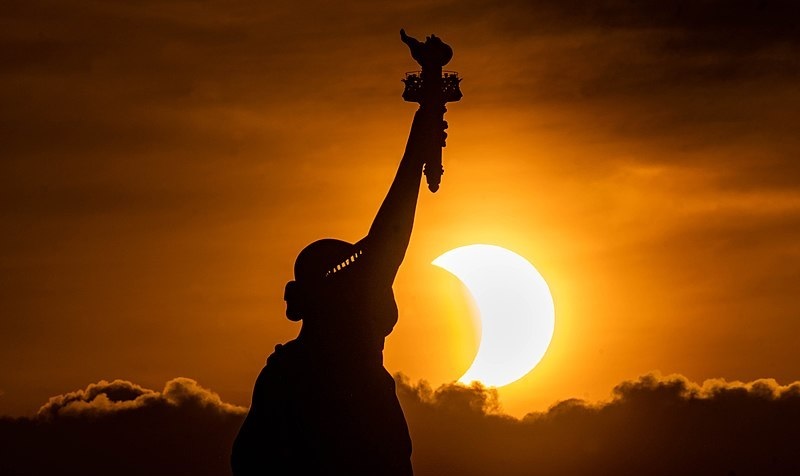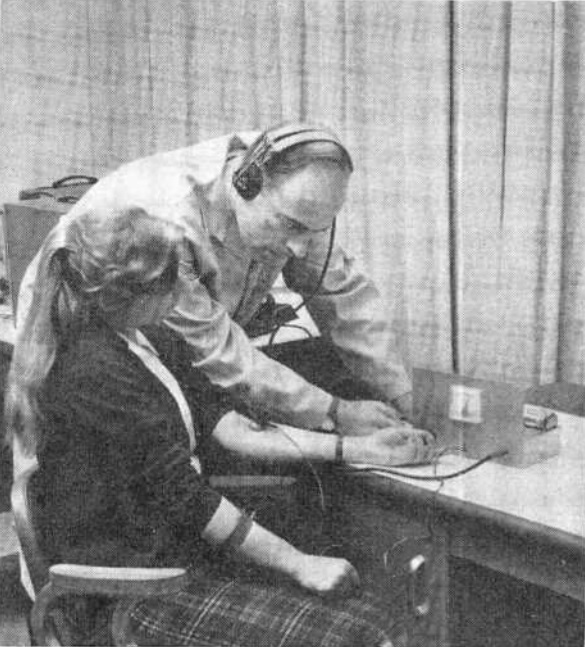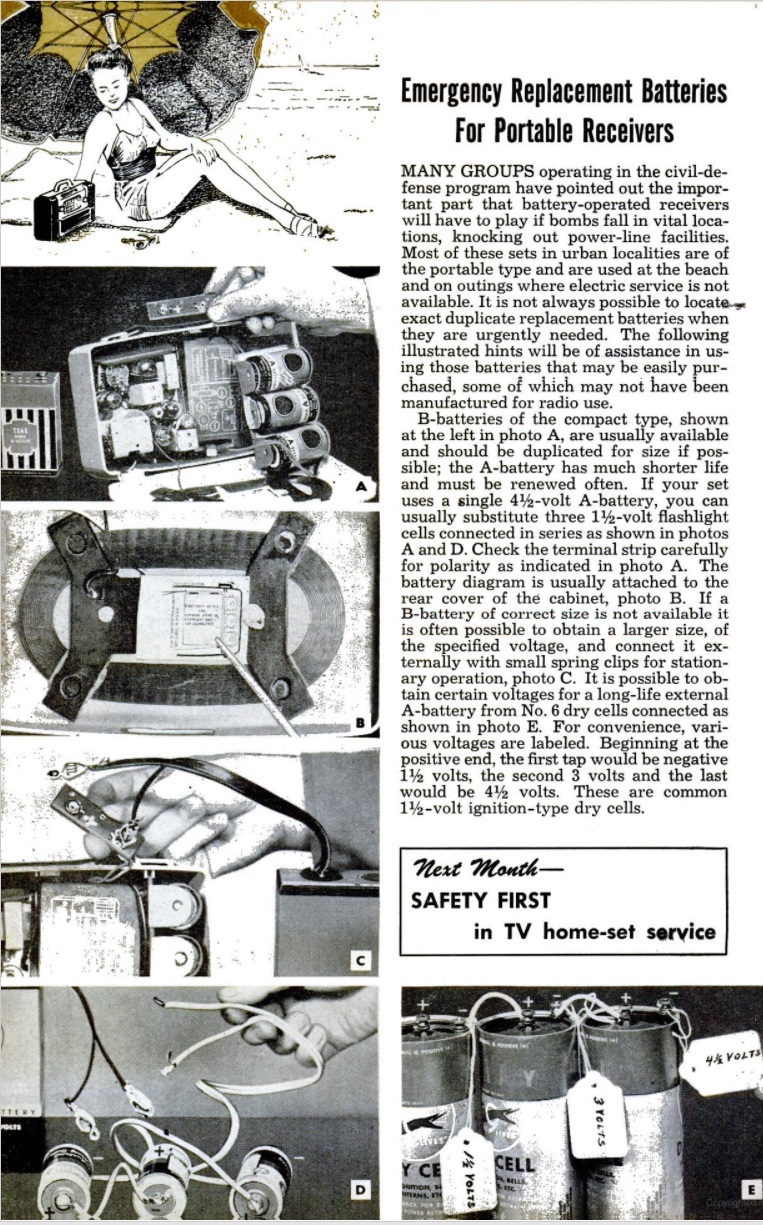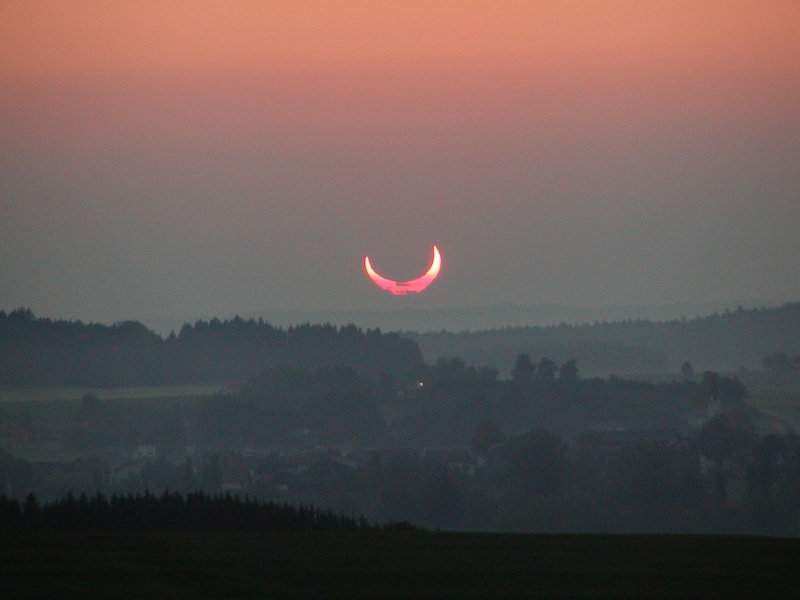On Thursday, June 10, 2021, much of North America will experience a sunrise similar to the one shown above. As we previously reported, on that day, there will be an annular eclipse of the sun. Normally, this isn’t a really big deal, since enough of the sun remains visible so that it doesn’t get noticeably dark outside. But this one is an exception, since it takes place at sunrise. Depending on your location, as the sun rises Thursday morning, the sun will be either a crescent or a ring.
The map below (courtesy of Michael Zeiler, GreatAmericanEclipse.com) shows approximately what the sun will look like at sunrise. In some cities, such as Minneapolis and Chicago, there will be a noticeable chunk missing from the sun as it rises that morning. Other cities, such as New York, Philadelphia, Washington, and Toronto, will have only a tiny crescent sun come over the horizon.

As the sun is rising, it’s as safe to view as any other sunrise. But as it goes above the horizon, if you want to keep watching, you’ll need eclipse glasses or an indirect viewing method. If you still have glasses from the 2017 eclipse, you’re all set. You can also use indirect methods, as we discussed in 2017.
My original plan was to view the eclipse near Longlac, Ontario at Macleod Provincial Park. Unfortunately, the border remains closed, and it looks likely that the park will remain closed to camping due to COVID. Therefore, the official OneTubeRadio.com eclipse headquarters will be located at Cascade River State Park, near Lutsen, Minnesota. While there probably won’t be a good view of the sunrise from the campground, we will use the day before the eclipse to scout out a spot along the shore of Lake Superior to view the sunrise. That campground is fully booked, but the last I checked, there were a handful of sites available at Judge C.R. Magney State Park and Gooseberry Falls State Park. There are also some hotel rooms available in the area.
Similarly, if you’re in Chicago or Detroit, it’s worth the drive to Sault Ste. Marie to view the crescent sunrise. And if you live in New York, Philadelphia, Toronto, or Washington, all you need to do is set the alarm clock early, and find a good place to watch the spectacular sunrise.
 Sixty years ago this month, the June 1961 issue of Radio Electronics posed the question, “how can I prepare my child for today’s electronic world?” The answer was shown on the cover. A kit such as this would not make a child an electronic genius overnight, but it would let the parent find out of the child had an interest in and aptitude for electronics.
Sixty years ago this month, the June 1961 issue of Radio Electronics posed the question, “how can I prepare my child for today’s electronic world?” The answer was shown on the cover. A kit such as this would not make a child an electronic genius overnight, but it would let the parent find out of the child had an interest in and aptitude for electronics.













